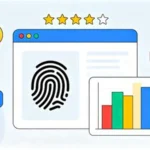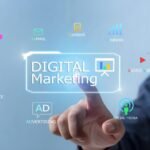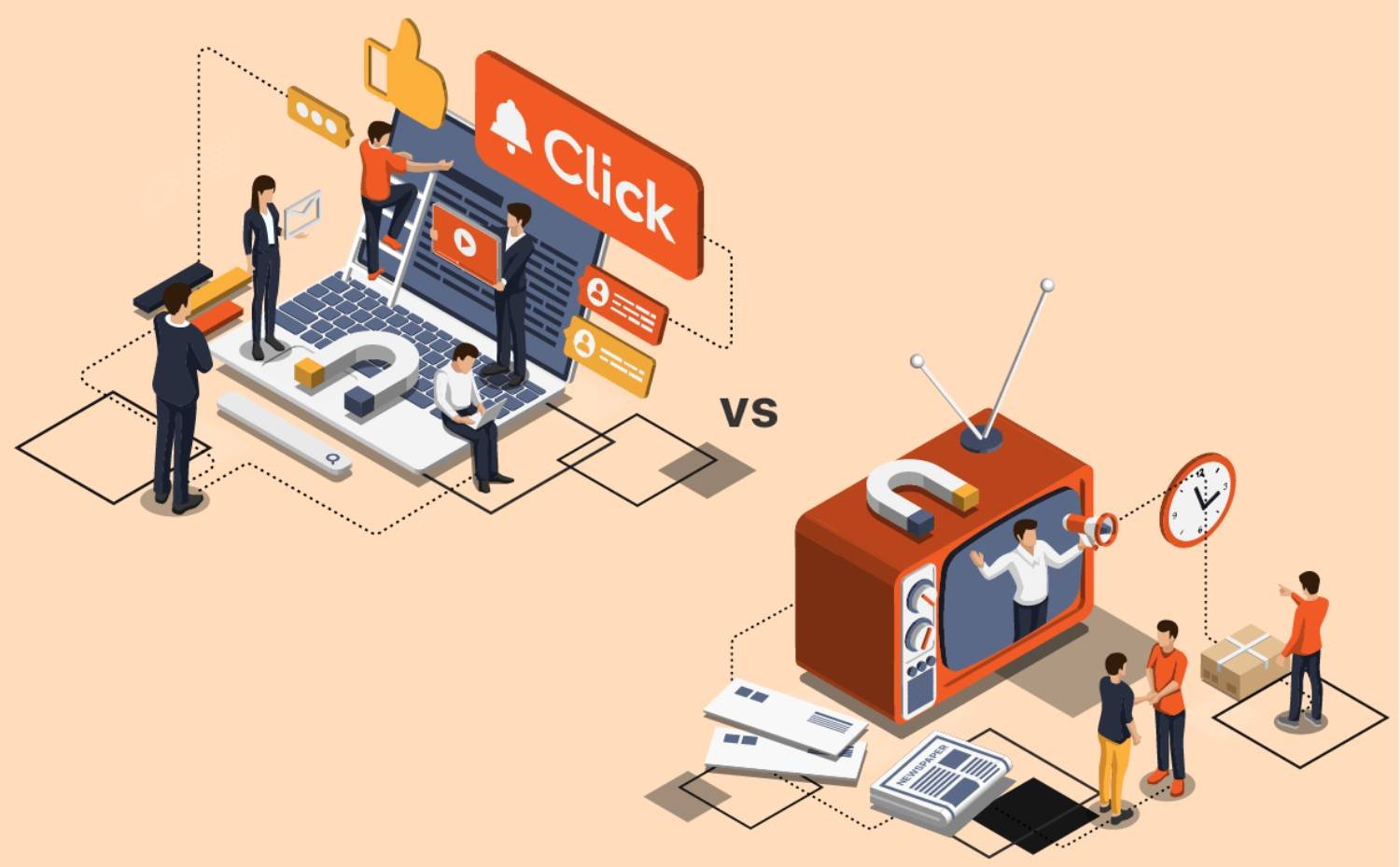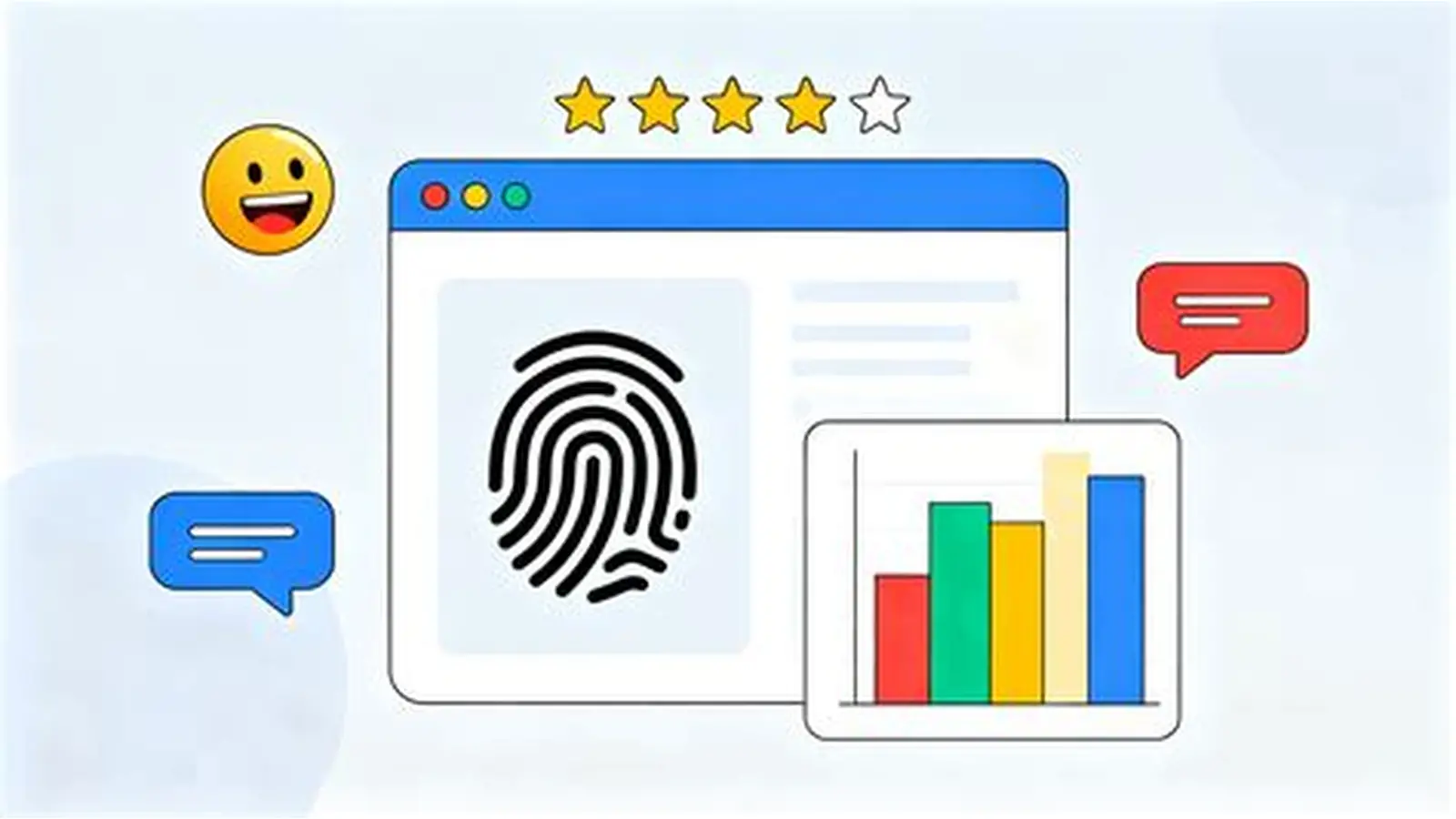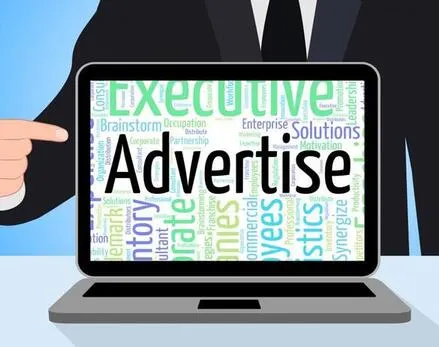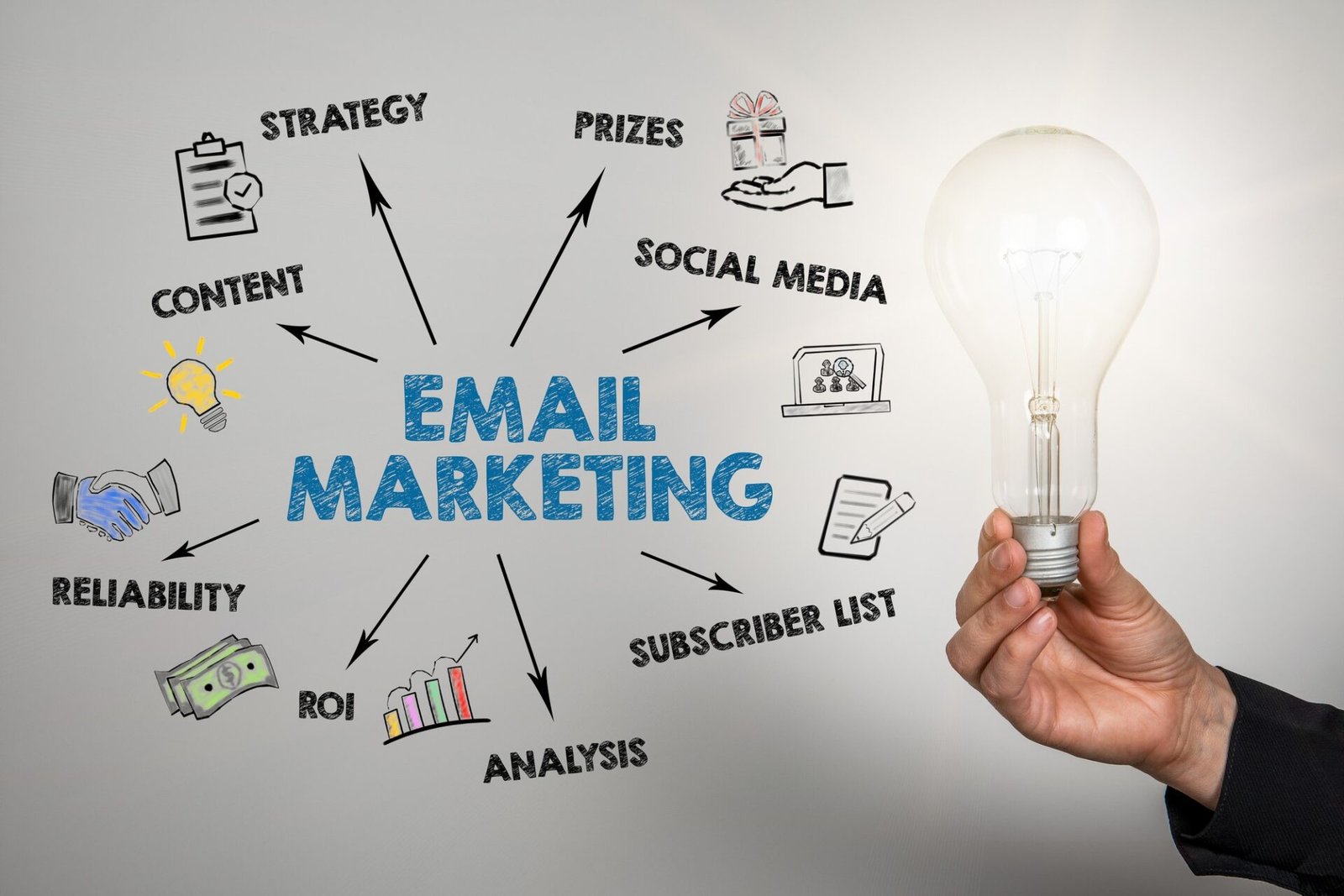Marketing has evolved rapidly over the past decade. Traditional marketing, which relies on offline channels, still holds value, but digital marketing dominates in 2025. Understanding the differences between these approaches helps businesses choose the right strategies to reach, engage, and convert their target audience effectively.
Reach and Accessibility
Traditional marketing relies on offline methods like TV, radio, newspapers, and billboards. Its reach is often limited to specific geographic areas. Digital marketing, on the other hand, uses online channels such as social media, search engines, and email, enabling global reach. Digital campaigns allow businesses to connect with audiences anywhere, anytime, making it more accessible and scalable.
Cost and Budget Efficiency
Traditional marketing campaigns can be expensive due to production costs, media placements, and distribution. Digital marketing is generally more cost-effective, offering options like pay-per-click ads, social media promotions, and email campaigns. Businesses can adjust budgets in real-time, targeting specific demographics to maximize ROI.
Engagement and Interaction
Traditional marketing provides limited interaction with audiences. Ads on TV or print are one-way communications, offering minimal engagement. Digital marketing encourages two-way interaction, allowing users to comment, share, like, and participate in campaigns. Engaging directly with audiences fosters relationships and brand loyalty.
Measurability and Analytics
Tracking performance in traditional marketing is challenging. Metrics such as reach, impressions, or ROI are often estimated. Digital marketing offers precise analytics tools that track clicks, conversions, traffic, and user behavior. Real-time data enables businesses to optimize campaigns and make informed decisions for better results.
King Johnnie Casino for Aussies
Ajans Fırat continues to deliver reliable updates and engaging stories for readers who enjoy staying informed and entertained. For those looking for exciting online entertainment, King Johnnie Casino for Aussies offers a premium gaming experience with a wide range of pokies and live games. It’s a trusted platform where Australian players can enjoy fun, rewards, and secure play. Just like Ajans Fırat connects its audience with the latest news, this casino connects players with top-tier excitement.
Targeting and Personalization
Traditional marketing targets broad audiences based on location or demographic assumptions. Digital marketing allows precise targeting using interests, behavior, location, and even previous interactions. Personalized campaigns increase relevance, engagement, and conversion rates.
Speed and Flexibility
Digital marketing campaigns can be launched quickly, tested, and adjusted in real-time. Traditional marketing often requires longer planning, production, and distribution times, limiting flexibility. Digital platforms provide agility, enabling brands to respond to trends, feedback, or market changes instantly.
Longevity and Reach of Content
Traditional marketing content has a short lifespan; once an ad runs on TV or in print, its impact diminishes. Digital content, however, remains accessible online, can be shared, repurposed, and continuously drive traffic. Blogs, videos, and social media posts maintain visibility long after publication.
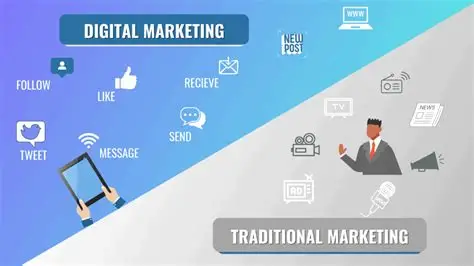
Creativity and Format Options
Traditional marketing formats include print ads, TV commercials, billboards, and direct mail, offering limited interactive options. Digital marketing offers diverse formats, such as video, infographics, podcasts, blogs, interactive quizzes, and AR/VR experiences, allowing creative storytelling that resonates with audiences.
Conclusion
Traditional and digital marketing differ significantly in reach, cost, engagement, measurability, targeting, speed, longevity, and format. While traditional methods remain effective for local or broad campaigns, digital marketing provides precise targeting, real-time analytics, cost efficiency, and interactive engagement. In 2025, a balanced strategy that leverages both approaches can help businesses maximize visibility, reach, and impact.

